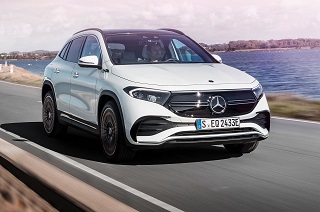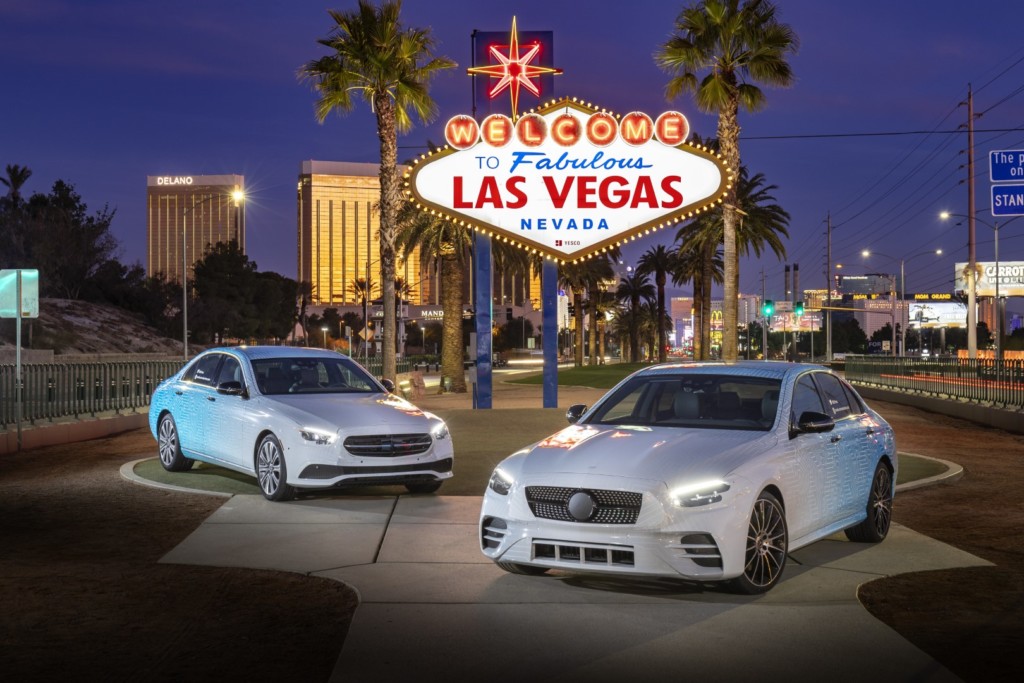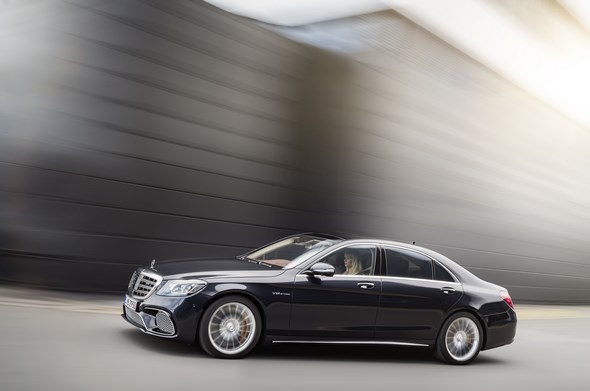

- 700 guests join the workforce at a special ceremony held at the plant
- Senator and mayor Harald Wolf: “The Berlin plant is a key player in the business community.”
- Anniversary vehicle with anniversary engine donated to Landesverkehrswacht Berlin e.V.Berlin – Today marks a special production anniversary for the Mercedes-Benz plant in Berlin: plant manager Thomas Uhr took delivery of the one millionth V6 diesel engine together with Harald Wolf, economic affairs senator, and Volker Stauch, Head of Powertrain Production Mercedes-Benz Cars.
“The Berlin engine plant has been a vital part of Berlin’s industrial landscape and a key player in the business community for many decades,” observed senator and mayor Harald Wolf. “We look forward to a continuing positive impact on the region.”
“Although this is the oldest plant in the Daimler Group in historical terms, the magnificent enthusiasm and commitment of our workforce has kept it young and dynamic,” added plant manager Thomas Uhr.
Thomas Uhr presented the anniversary engine to Michael Humper, manager of the nearby Mercedes-Benz van plant in Ludwigsfelde, where the engine will be installed in the one millionth commercial vehicle to be produced at the plant.
The children from the Berlin plant’s “sternchen” crèche were also involved in the ceremony to mark the auspicious occasion, making and painting a papier-mâché wall which the anniversary symbolically broke through as it rolled off the production line. Before the official part of the ceremony, the guests had an opportunity to experience the production of V6 diesel engines at first hand, as employees from the plant took them on a guided tour of various stages of the engine production process.
Mercedes-Benz Sprinter for Landesverkehrswacht Berlin e.V.
At the ceremony, plant manager Thomas Uhr handed over a symbolic key to Hans Zucker, president of the Landesverkehrswacht Berlin e.V. This key stands for the millionth commercial vehicle from the Ludwigsfelde van plant – a Mercedes-Benz Sprinter fitted with the anniversary engine from the Berlin plant.

Landesverkehrswacht Berlin e.V. is a voluntary road traffic safety organisation which has been working to promote safety-conscious behaviour among all road users for 60 years now. A key area of its work focuses on road safety training and education for future generations. The Berlin plant has long been involved in promoting the development of children and young people and the new vehicle will support the Verkehrswacht’s work in this area.
Top-flight engines from Berlin
The V6 diesel engine has been produced at the Berlin plant since 2005. Since 2007 the plant has also been producing the BlueTEC variant of the V6 – one of the cleanest engines in its class. In the E 350 BlueTEC it has a power output of 155 kW/211 hp at a fuel consumption rate of 6.8 litres per 100 km and already meets the EU6 emission regulations which are planned for 2014. Production of the upgraded variant of the V6 diesel engine is currently starting up at the Berlin plant.
It is being premiered in the new Mercedes-Benz R-Class 350 CDI 4MATIC, in which the six-cylinder engine combines the high performance of a V8 model with the low fuel consumption of an economical V6 variant. It offers a maximum power output of 195 kW (265 hp), while undercutting its predecessor’s NEDC fuel consumption level by 0.8 litres per 100 km.
Cutting-edge products from the plant
In addition to the diesel engines and the high-tech V12 engines, a new generation of transmission-integrated electric motors for Mercedes-Benz hybrid models will also go into production in Berlin in 2012. A shop offering 4000 m² of production space is currently being converted for this new field of production. In all, the company is investing around 40 million Euros in the development and production of the new engine, with half of this sum earmarked for facilities and equipment at the plant. A team of 50 will be concerned with the development and production of the new electric motors in the future.





